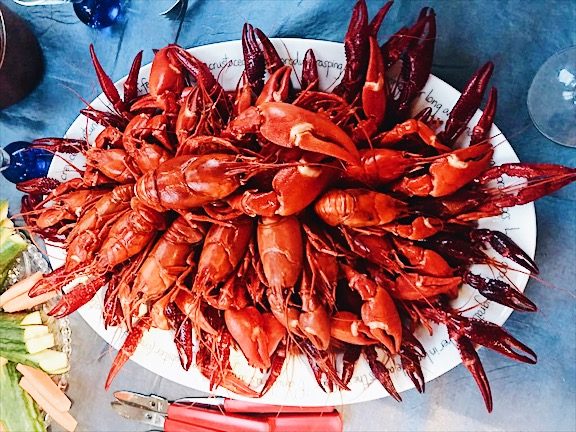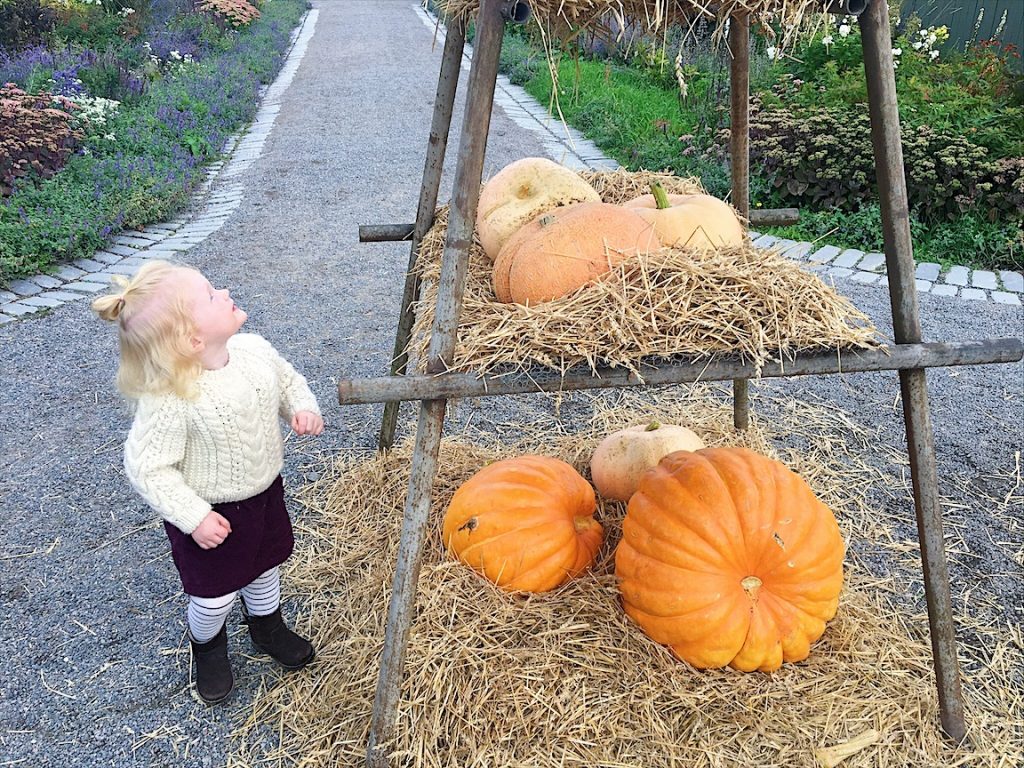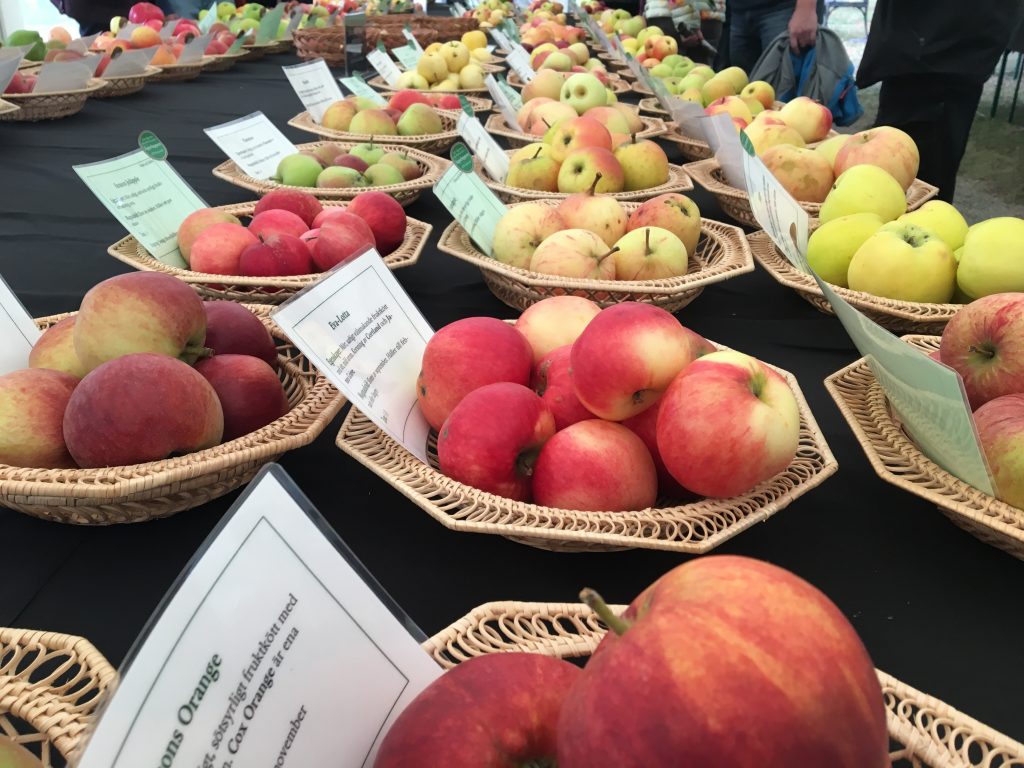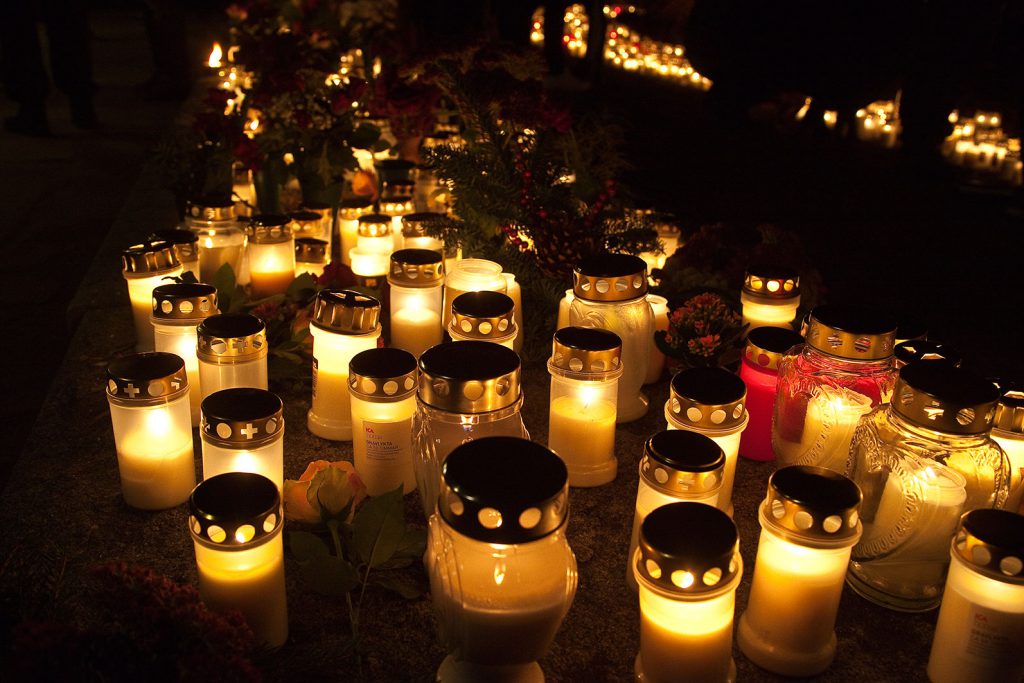The Swedes enjoy throwing the rule book out during Summer, but the ‘back to school’ season means old routines and a regimented way of life. Preparations begin for the chillier months ahead and extracurricular, organised activities begin. But, what are some of the seasonal highlights to look forward to between August and October as winter approaches.

Crayfish, or kräftor.
The Kräftskiva
Crayfish, or kräftor, were native to Sweden until the turn of the 20th century when a disease from the US wiped out the native breed. In later years the Signal Crayfish was re-introduced but stocks have never been the same. At the end of summer Swedes celebrate this traditional ‘harvest’ festival to remember the ‘good old days’ when most worked in the fields or fisheries and celebrated the bounty of the crayfish harvest. Between late July and late August you’ll find local krög (bars) or restaurants with crayfish on the menu. [link to next article]Or, why not throw your own Kräftskiva.

Skördefest, Rosendals Trädgård
Skördefest/Höstmarknad
Harvest time, or Skördetid, in Sweden is like most northern European countries. From pagan and pre-Christian beginnings to commercial opportunities to cash in on the ‘locally grown, eco produce’. But, it still plays a significant part in the Christian calendar all over Sweden, too. Skördefestival, or harvest festivals, take place in communities up and down Sweden, from tiny church gatherings to full-scale 3 days outdoor festivals in Dalarna, Öland and Småland.
Höstmarknads, or Autumn markets, are a much more general high season activity. In the old days a höstmarknad would be the last time local farmers and produce sellers would gather to exchange and sell pelts, butter, sheep-skins, or stock up on meat, fish and grain for the winter. Nowadays, with readily available food stocks, the höstmarknad is more of an attraction than a necessity. But, still a cosy and fun way to spend a Saturday in September.

Äppelfest, Nordiskamuseet
Äppelfest
Must, or cider, from Swedish grown apples is a delight at the end of September and beginning of October. A warm, slightly spiced äppelmust to ward off a chilly, crisp day is the perfect internal radiator. The re-imagining of äppelmust has taken a hipster turn with small batch breweries and orchards creating their personal visions of what äppelmust is. You can even get in on the action, too. If you find yourself with a couple of apple trees in your back garden you can hand your apples into a local ‘musteri’ and get back a few gallons of äppelmust. In recent years there has been such a glut of apples that it’s common to find bags of apples hanging along fences for passersby to help themselves.

Allahelgonadagen, Uppsala
Halloween/Allahelgonadagen
Despite the Swedish halloween, or Allahelgonadagen[link], being more and more commercialised to look like something out of an American teen movie, it is still grasping on to it’s old ties. This moving practice of lighting loved ones graves is a bit like Día de Muertos, just a lot less colourful and celebratory. Take the opportunity to visit your local church yard or, if you are in Stockholm, visit the Skogskyrkogården. It is both beautiful and haunting to see.
And, that takes us right up to Autumn break, or höstlov. The turning point of the year at which November takes a bit of a dark and chilly turn. But, don’t fear, there are still plenty of other things to look forward to then, too. Just don’t forget your S.A.D lamp.